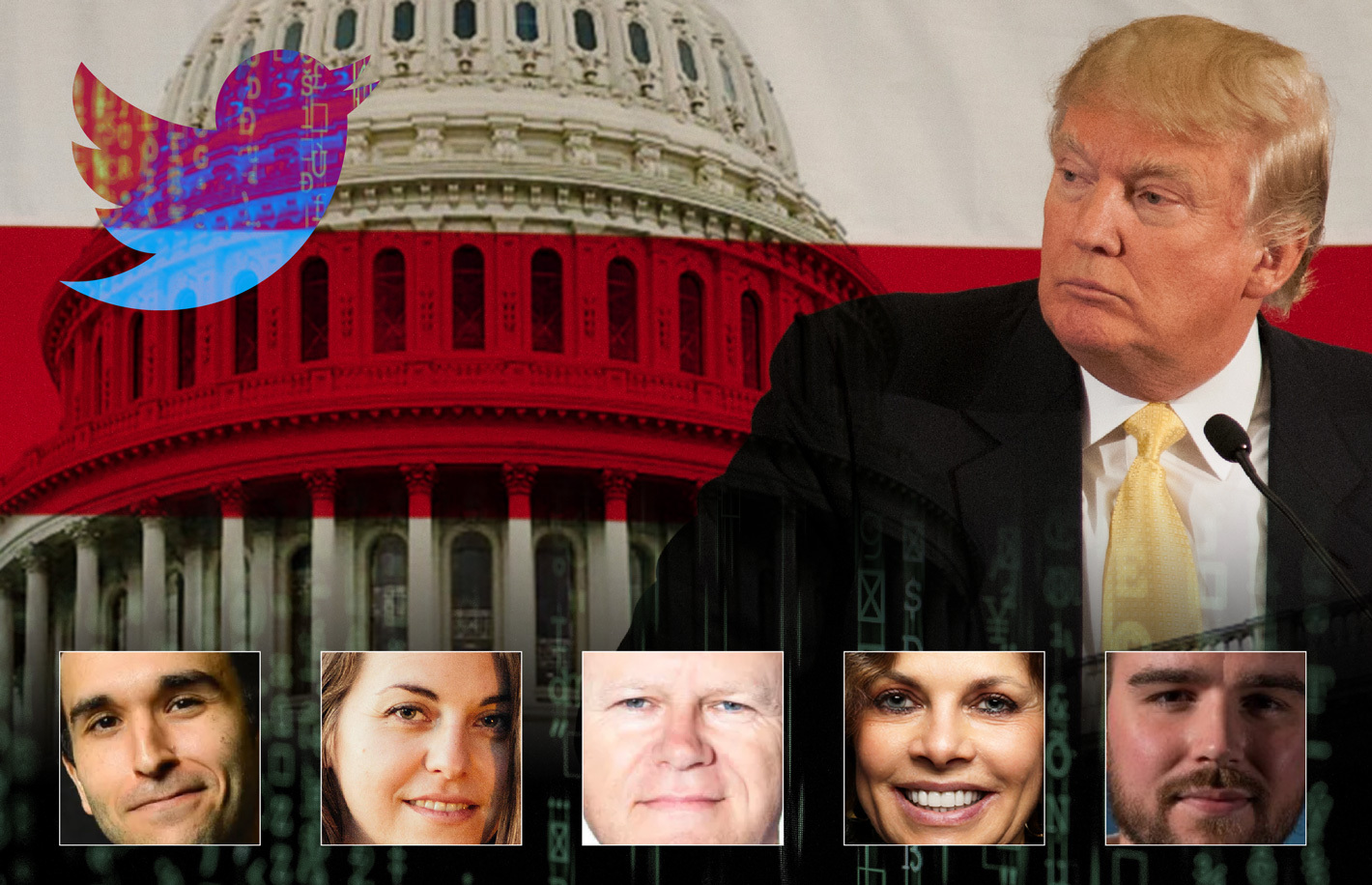In Defense of Fundamental Analysis Amid Memecoin Mania
Memecoins embody the “Wild West” image of DeFi. Thanks to the stratospheric success of tokens like Dogecoin (DOGE) and Shiba Inu (SHIB), the memecoin market collectively boasts a market cap of $54.4 billion – a number that would’ve seemed outrageous when these assets first emerged. And yet here we are.
As recently as March, memecoin trade volumes hit levels last seen just prior to the last crypto bubble’s implosion in 2022. This resurgence highlights a familiar trend: traders are easily swept up in hype and FOMO, to the extent that they make impulsive investment decisions based on pure instinct and greed. In Digital Asset Valuation Framework, the team at HashKey Capital and I set out the case for applying fundamental valuation frameworks and high-level technical analysis to navigate the market’s inherent volatility and avoid the pitfalls of memecoin mania.
Without putting too fine a point on it, now more than ever we must deploy robust frameworks and exercise cold-eyed judgment to discern genuine value in this most turbulent of markets. This is doubly true for institutional investors looking to gain a sustainable edge and long-term value accretion in digital assets.
The Importance of Fundamental Analysis
In any financial market, there are times when speculative hype can overshadow rational investment strategy. See the dot-com bubble, subprime mortgage meltdown, and countless other examples.
In crypto, speculative hype is on steroids, propelled by endless chatter on socials and a sense that the next moonshot token is right under your nose. Financial Times correspondent Joshua Oliver has written a new book about this phenomenon (“Hype Machine”) focused largely on Sam Bankman-Fried and the cautionary tale of FTX.
Fundamental analysis provides the necessary grounding to understand the intrinsic value of a digital asset, beyond the smokescreen of publicity and propaganda disseminated by clever marketers, hubristic project founders, self-motivated airdrop farmers and the rest.
Critical factors to consider when weighing up the merits of a Web3 investment include the project team’s track record, the underlying technology used, the practical use cases of what is being built, and tangible evidence of real-world adoption.
This kind of old-school, meat-and-potatoes analysis enables investors to look beyond brief bursts of market excitement and evaluate the long-term viability of a project. It’s an approach based less on short-term trading gains and more on sustainable value creation. That said, many projects with zero long-term viability can still enrich some investors.
Beyond Memecoins
The allure of memecoins is understandable, even setting aside the incessant media buzz and viral marketing. Although often ridiculed for their lack of substantive value, memecoins have surprised the world with their performance. A staggering 12,000% increase in the value of DOGE in the first five months of 2021 is just one example of this (although the price had fallen by 80% by mid-December). More recently, Dogwifhat and Pepe have produced similar results – the former helped liquid fund Stratos post a 137% return in Q1.
While memecoins typically lack fundamental value and utility, their fortunes wane according to the conviction of traders who participate in speculation. That doesn’t mean one can simply will a memecoin into value, however. Engaging in memecoin markets without thorough analysis and a clear understanding of the risks involved is effectively gambling, not investing.
The importance of fundamental analysis – particularly in these volatile markets – cannot be overstated. These tools empower investors to make decisions based on meticulous research and solid evidence, rather than a reckless impulse to chase the next improbable moonshot
Meaningful valuation frameworks – including those that can be used to value memecoins, too – can help provide a more grounded understanding of market dynamics in times of volatility. By using these techniques, we can all see the hype for what it is – “fairy dust,” to quote McConaughey’s wired character in “Wolf of Wall Street,” that might be magical for a lucky few, but ineffective for nearly everybody else.
Note: The views expressed in this column are those of the author and do not necessarily reflect those of CoinDesk, Inc. or its owners and affiliates.
Edited by Benjamin Schiller.








